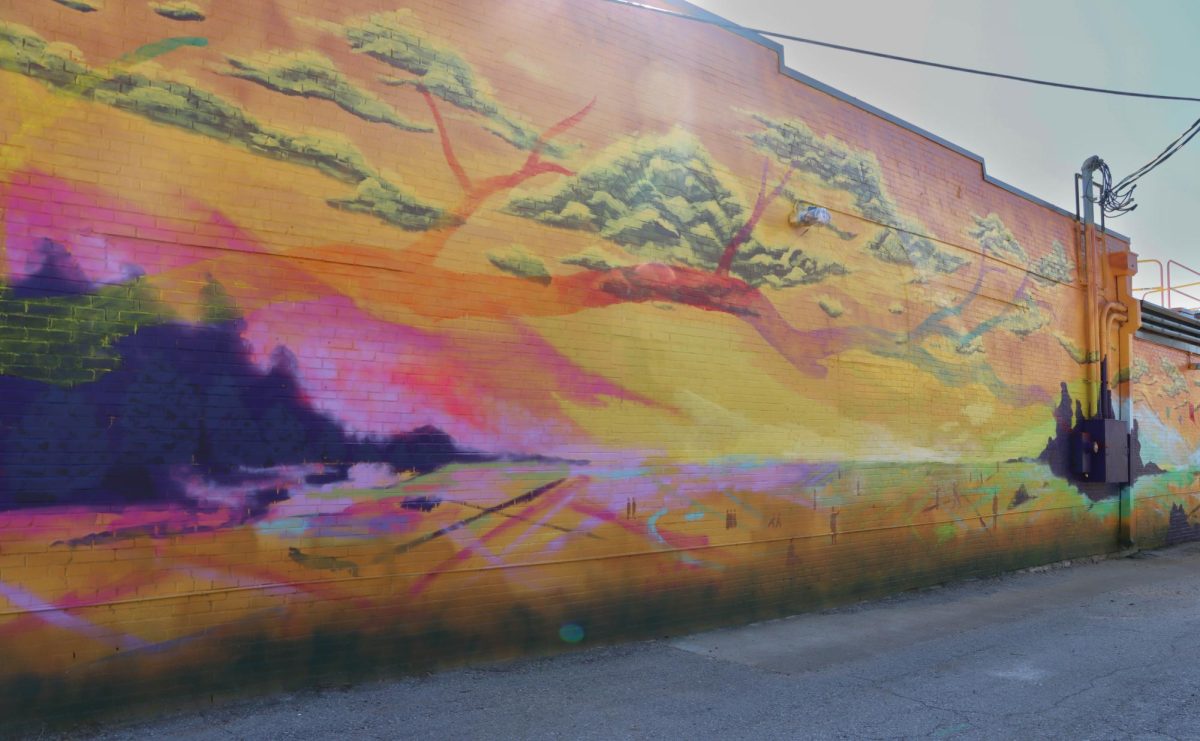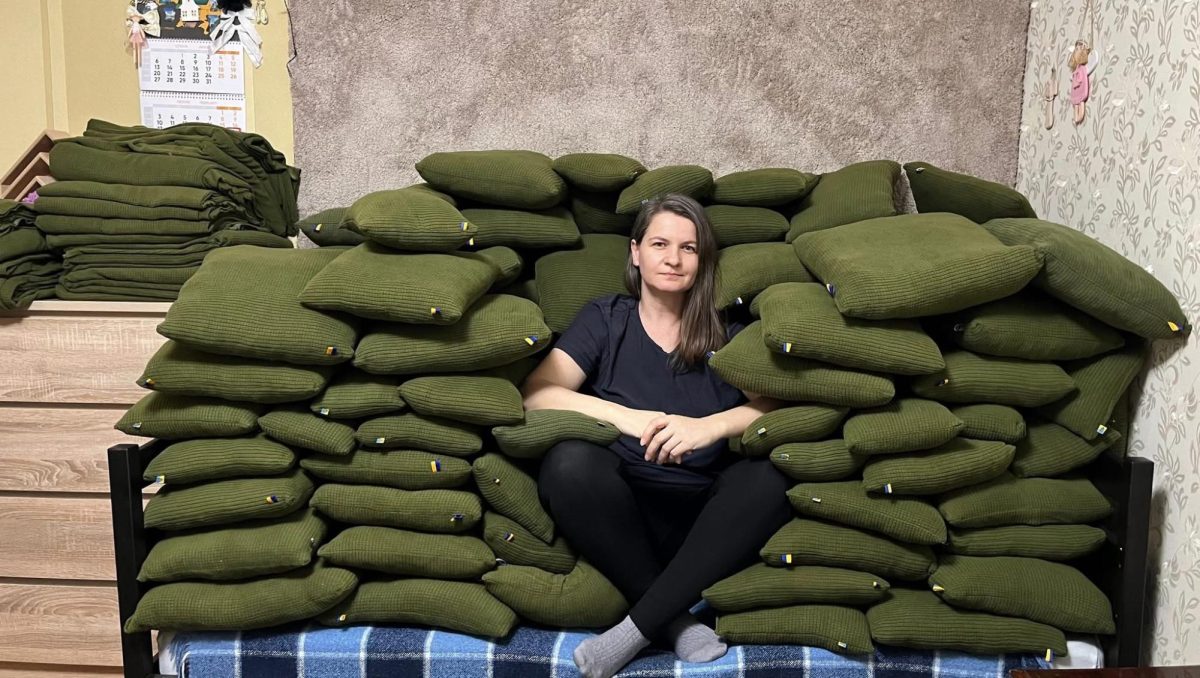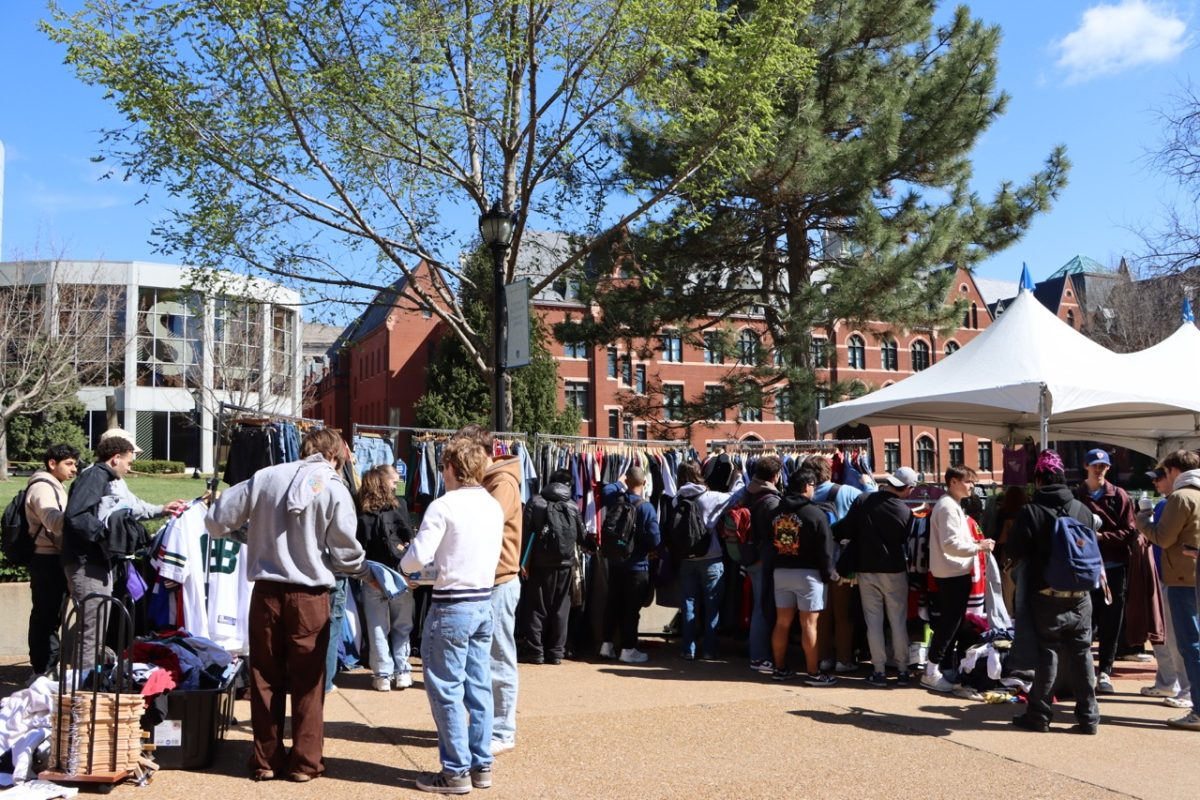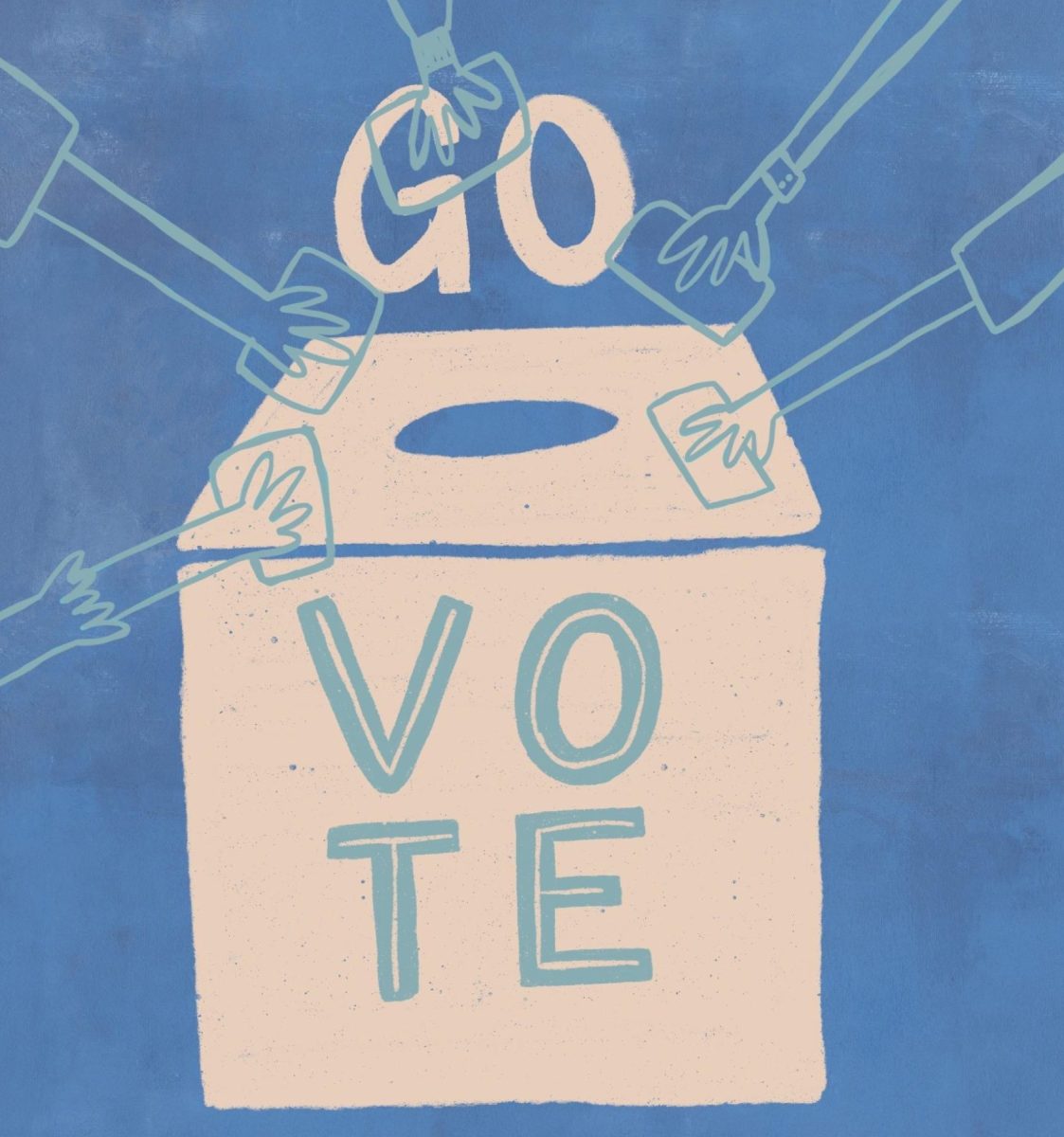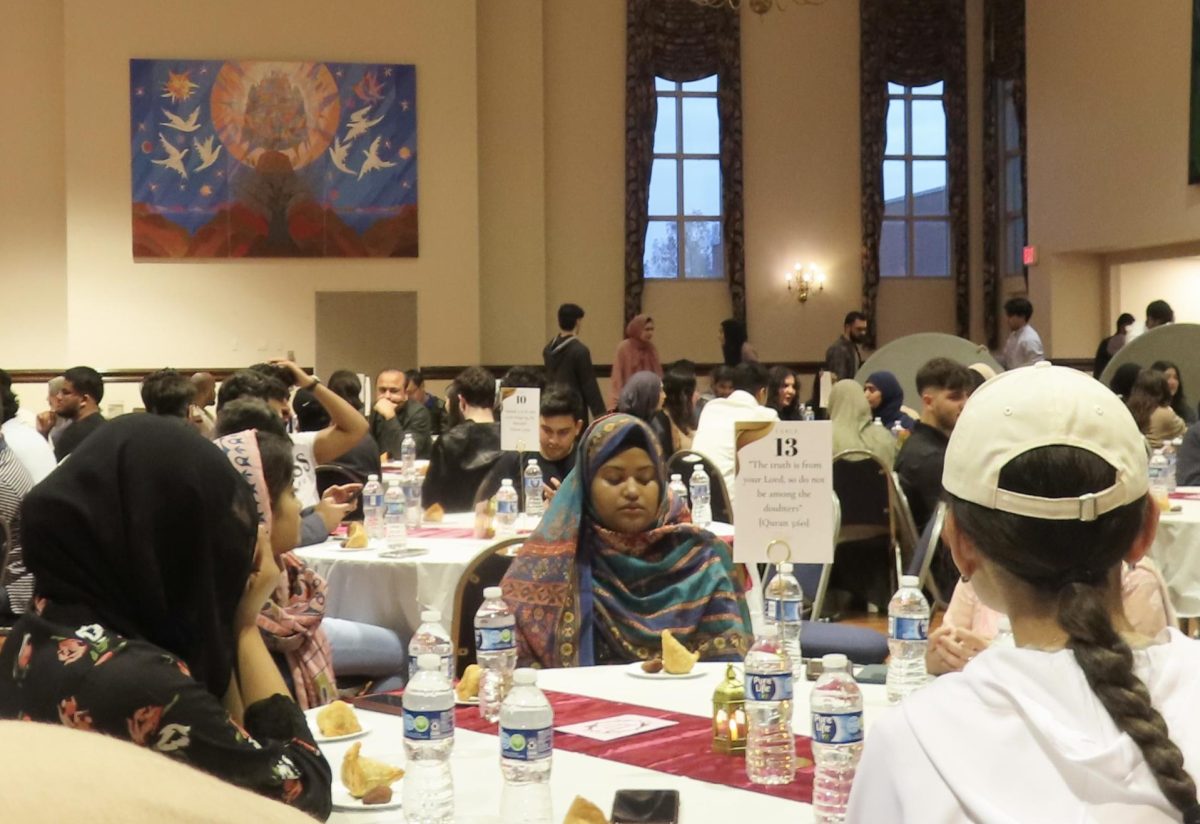Give a man a fish, feed him for a day. Teach a man to fish, feed him for life. At Saint Louis University, some think that it’s time our club sports teams get a fishing pole. That way, they’ll be set for life.
With 25 club sports teams and 157 intramural teams, field space is high in demand but low in supply. The only available fields include Tegeler Field, the field at the corner of Laclede and Vandeventer and the intramural field at the end of the softball field. Right now, many teams end up having to practice off campus.
Beth Wurtzler, president of the Club Field Hockey team, said that the team practices on campus but also rents fields from local high schools. Renting a field can cost a couple of hundred dollars per hour.
“Membership dues don’t fund local fields,” Wurtzler said. “An on-campus field would allow all the teams more flexibility in days and times.”
Sam Kelner, coordinator of intramural sports teams and sports clubs, said that when there isn’t a field available on campus he finds a field around town, such as space in Forest Park and Tower Grove Park. Sometimes, he uses fields as far away as Fenton, Mo.
“We don’t have a regulation field on campus,” Kelner said. “The school tries to do the best it can. I make sure everyone’s satisfied.”
The field on the corner of Laclede and Vandeventer is only 90 yards long; the regulation length for flag football, for instance, is 100 yards long.
Not only is field space an issue, but storage for equipment is an issue as well. In the winter, the SLU Rowing Club trains in the Simon Recreation Center on rowing machines. But there aren’t enough machines to go around.
“About two to four people don’t have a machine,” Stephen Williams, former president of SLU Rowing Club, said. “Every year we buy a new machine, but we don’t want to take up an unfair proportion of the space.”
The club also has to rent most of its boats; this expense is covered primarily by the Student Government Association allocation. Financial Vice President Robert Moehle said that, currently, club sports receive 14 percent of the funds SGA allocates every year.
He also said that an outdoor recreation facility on the medical campus is in the works.
“This is a very high priority for us and the administration,” Moehle said. “I’m hopeful it will be done this academic year.”
In order to pay for a new facility, he said that contributions from students might be built into the costs and can be used as leverage for reserving time.
“We don’t want it to be another field for the athletics department,” Moehle said.
Wurtzler said that she has heard of similar plans for a few years and that these plans have always gotten pushed back. Kelner said that he’s heard nothing of the sort.
“It’s been an issue for a long time but I’m very patient,” Kelner said. “I hope one day everyone can play on campus.”
In addition to sports clubs needing more supplies, many student groups have been requesting office space that is not readily available. SGA has tried to help this situation by giving up one of its spare rooms in the Busch Student Center to a club in need.
Students for Life was the club that ultimately received the room, after multiple clubs applied for the office space.
“It’s really great that we have this space,” Students for Life Chairperson Ellen Albritton said. “It helps solidify our presence on campus.”
SGA President Michael Harriss said that they went through a specific process in order to choose the group that would occupy the open space.
“We reviewed everything with the BSC Advisory Board,” Harriss said. “It always seemed like Students for Life was the one jumping out at us.”
Harriss said that the group was chosen off of five main criteria used, which included aspects such as legitimate need, scope of the group’s impact and potential for growth.
“They by far stood out from everyone else,” he said.




